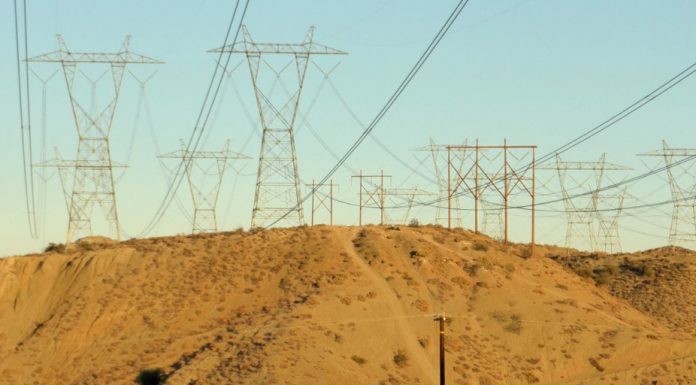Californians are facing an increased number of blackouts and rising electricity prices this summer, says one energy expert, who warns that the burden will fall mostly on those who can least afford it.
The trend, he says, is a warning light for the rest of the country.
“Last week, the state’s grid operator, the California Independent System Operator [CAISO], issued a ‘flex alert’ that asked the state’s consumers to reduce their power use ‘to reduce stress on the grid and avoid power outages,’” says Robert Bryce, a visiting fellow at the Foundation for Research on Equal Opportunity.
“CAISO’s warning of impending electricity shortages heralds another blackout-riddled summer at the same time California’s electricity prices are skyrocketing,” Bryce added.
The shortages and high prices highlight two key weaknesses of the over-reliance on electricity to create a so-called “carbon free” economy in California and nationwide.
Blackouts Loom in California as Electricity Prices Are ‘Absolutely Exploding’
Inland areas, heavily Latino, will be hit worst by induced energy poverty.
@pwrhungry https://t.co/5WtSh9oTeW— Meredith Angwin (@MeredithAngwin) June 25, 2021
The network designed to deliver electricity — as well as the dependence on unreliable “renewable” sources such as wind and solar — is neither reliable enough nor big enough to produce the volume of energy necessary to power the needs of the economy.
The results will be catastrophic for regular citizens.
“The surging cost of electricity will increase the energy burden being borne by low- and middle-income Californians,” says Bryce.
That’s because energy costs make up a disproportionate share of the income for the poor and the middle class, cutting into budgets for other necessities like food, healthcare and transportation.
“Lower-income households fall into something we and others call ‘energy poverty,’ which is typically recognized as when someone spends just under about 10 percent of their income on energy-related expenses,” economist DeAndrea Newman Salvador told the Atlantic. “Compared to a middle-to-upper-income household that may spend 5 percent or less, as low as 1 percent,
While some are qualified for financial assistance from the federal government, that assistance is only temporary.
Already, says Bryce, state electric users in California pay 70% more than the average U.S. user per kilowatt hour with costs expected to escalate in future years.
The story is a cautionary tale for the rest of the country.
“California policymakers are providing a case study in how not to manage an electric grid,” says Bryce. “Furthermore, that case study shows what could happen if policymakers at the state and federal levels decide to follow California’s radical decarbonization mandates, which include a requirement for 100% zero-carbon electricity by 2045 and an economy-wide goal of carbon neutrality by 2045.”
In April, the Biden administration followed California’s lead by saying that the U.S. would reach “net zero emissions economy-wide by no later than 2050,” as way to combat climate change and “advance environmental justice.”
“The United States has set a goal to reach 100 percent carbon pollution-free electricity by 2035, which can be achieved through multiple cost-effective pathways each resulting in meaningful emissions reductions in this decade,” says the White House.
In fact, says Bryce, “electrification goals” to meet carbon emission standards is the very thing driving high prices which hurt poor people the most, according to the California Public Utility Commission.
“The punchline here is clear: the blackouts and high electricity prices that are plaguing California provide a neon-lit warning sign about the electric reliability and energy affordability crises that loom if policymakers attempt to decarbonize our economy too quickly,” concludes Bryce.

